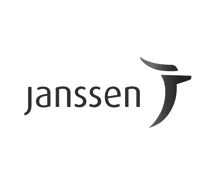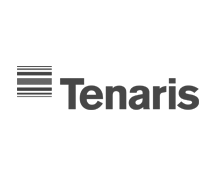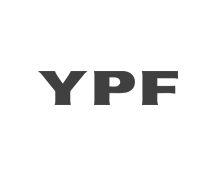Boosting results
in real life
We boost decisions in tandem with our clients and we are proud of the results we have achieved.
Development of a five-year growth strategy
An FMCG company set a very challenging 5-year growth ambition and invited us to co-design a strategy to meet that challenge. The client’s team had identified that the planning approach…
Reports designed for deciding
An FMCG company invited us to think together how to optimize their decisions, using the great information and reports they had available, but that were rarely analyzed. We worked together…
RGM Optimization
Decisions in companies are made by many people, they follow very different methods and dissimilar results are obtained. Sometimes, there are even decisions that are never questioned since, “they have…
Agile operations design to accelerate growth
An FMCG company in Asia called us in to improve its operational agility in a context in which it sought to accelerate growth and increase its operating result in the…
Transformation of the operating model
We worked together with a leading FMCG company in its operations in Mexico and the Caribbean to design a new operating model with distributors that would allow for the integration…
Maximizing the value of an unconventional development project
The Exploration and Production area of a leading oil and gas company allowed us to challenge the decisions associated with the development strategy of one of its assets with greatest…
Optimization of an exploration and production decision
A private oil and gas company in Latin America invited us to analyze and rethink its strategic exploration and production plan in order to identify development alternatives that would accelerate…
Organizational structure redesign
We boosted the results of a global bank by helping them decide on the optimal design of the structure that, aligned with the digitalization strategy the company is carrying out,…
Roles and responsibilities
We helped an international pharmaceutical company streamline the decision-making process at the regional level.
To achieve this, we used our decision agility methodology, which allowed us to ensure the balance of…
Our clients
Some of the clients we work with.



























